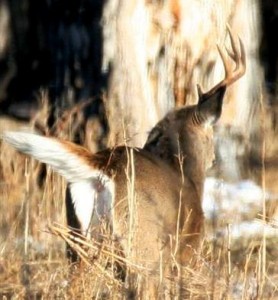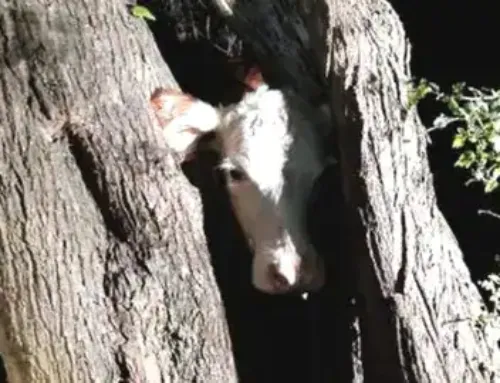Mike, just why do bucks shed their antlers every year?—Joan, Missouri
Scientists have 2 theories. Bucks shed racks annually so they’ll have the ability to replace damaged antlers the next year. If a buck had to live his entire life with snapped tines or a broken main beam he couldn’t posture for does or dominance, or spar with rival bucks. A second theory suggests that bucks shed and grow new racks 10 to 20 inches larger in following years to keep pace with their increasing body size and weight as they mature from 2 ½ years of age to 3½ to 4 ½, and so on.
Some more interesting shed facts:
–Some weeks after the post-rut (December or January) bucks’ decreasing levels of testosterone cause an “abscission layer” to form between antlers and their pedicles. As the connective tissue dissolves, antlers get loose and fall off.
–Bucks cast their racks as early as Christmas in some northern states and as late as March or even April farther south. The antler drop varies widely across North America, though January and February are the primary months.
–Weather, snow depth and especially food availability can influence when bucks lose their antlers. During this brutal winter, bucks in many areas will be stressed and drop their antlers earlier than normal.







Nothing yet here in MO for our family. Found a coyote kill a month or so back, but no sheds as of late. Snow is melting this week, so the hope is we can walk a little easier now. Happy hunting! And thanks for the vest that’s on the way! My wife sure has rubbed it in that she was the victor!
Wonderful blog! Do you have any recommendations for aspiring writers? I’m hoping to start my own website soon but I’m a little lost on everything. Would you advise starting with a free platform like WordPress or go for a paid option? There are so many choices out there that I’m completely overwhelmed .. Any tips? Many thanks! If you got time, please check out this link to Housepital, if you adore music as much as I do I strongly advice you to check out that URL!